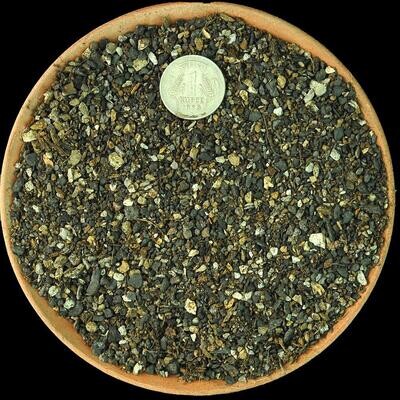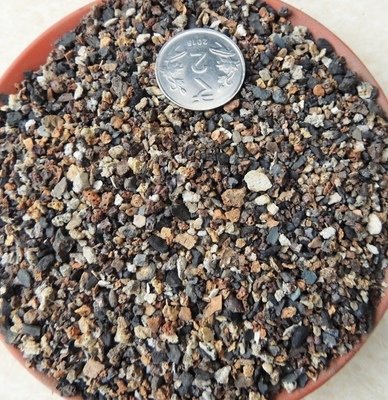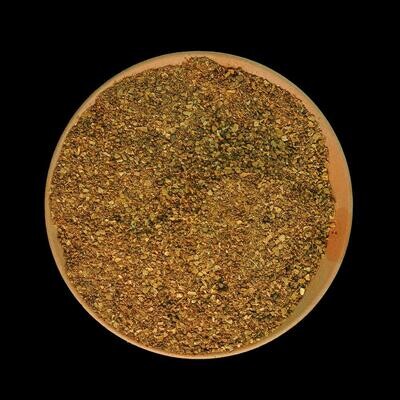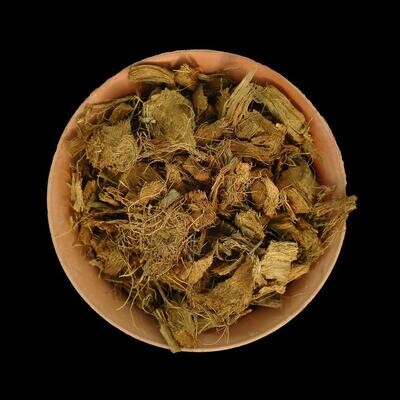Please check the Shipping Updates Page for information on shipping.
Notocactus leninghausii crest
Origin of Name
Notocactus leninghausii, now commonly classified under the genus Parodia, is named in honor of Guilherme Leninghaus, a Brazilian naturalist who contributed significantly to the study of South American flora. The term "crest" or "cristata" refers to a fascinating growth mutation where the cactus grows in a fan-shaped or wavy crest rather than the typical cylindrical form. This mutation results in unique and highly ornamental forms that are prized in horticulture for their aesthetic appeal.
Technical Description of Plant
Notocactus leninghausii crest, or Parodia leninghausii cristata, is a remarkable and rare cactus known for its unusual, crested form. Instead of the upright, columnar growth typical of Notocactus leninghausii, the crested form expands laterally, creating a broad, wavy, or fan-shaped structure. The plant is covered in dense, soft, golden spines that give it a shimmering appearance. The cresting mutation leads to an unpredictable and sculptural growth pattern, making each specimen unique. While this form may occasionally flower with bright yellow blooms common to the species, the primary interest lies in its sculptural foliage.
Origin of Plant
Notocactus leninghausii is native to the grasslands of southern Brazil and northern Uruguay. It is adapted to sunny environments and well-draining soils. The crested form, like many cristate mutations, occurs spontaneously and can be propagated to maintain and enhance the cresting characteristic.
Conservation Status
The wild type Notocactus leninghausii is not currently listed as endangered, but habitat destruction and overcollection pose threats to many cactus species. The crested form is primarily cultivated in controlled environments, which helps preserve wild populations by reducing the demand for wild-collected specimens.
Care Instructions
Notocactus leninghausii crest prefers bright, indirect light but can tolerate direct morning sunlight. It thrives in a well-draining cactus mix, with occasional watering allowing the soil to dry completely between waterings. During the winter, reduce watering to a minimum to mimic its natural dormancy period. This variety is not frost-tolerant and should be protected from temperatures below freezing. While fertilization is not strictly necessary, a light application of a low-nitrogen cactus fertilizer in the spring can encourage healthy growth. The crested form requires careful handling to preserve its unique shape and prevent damage.





